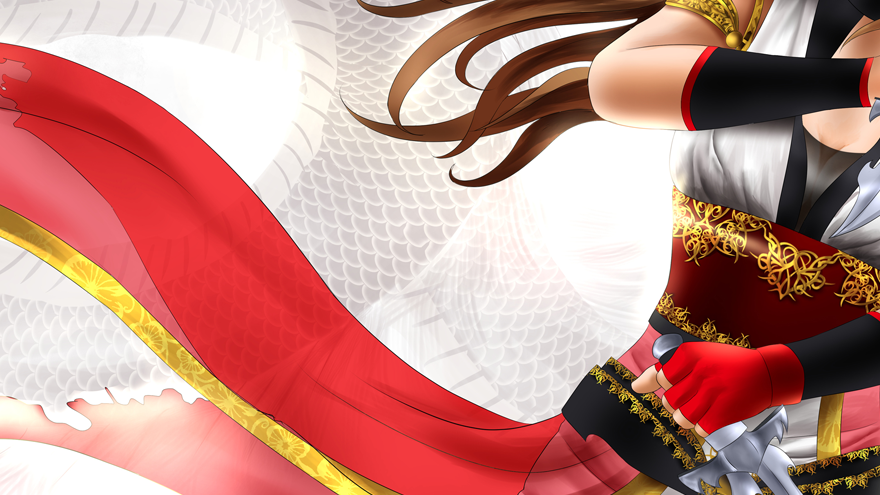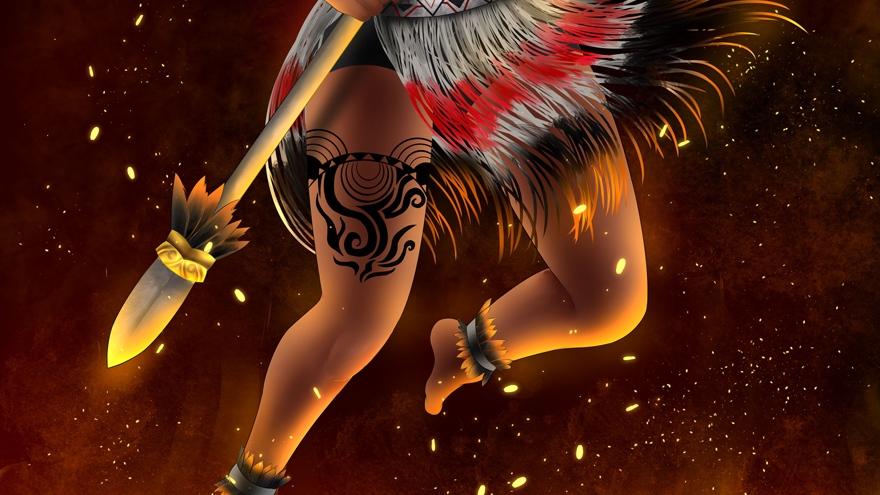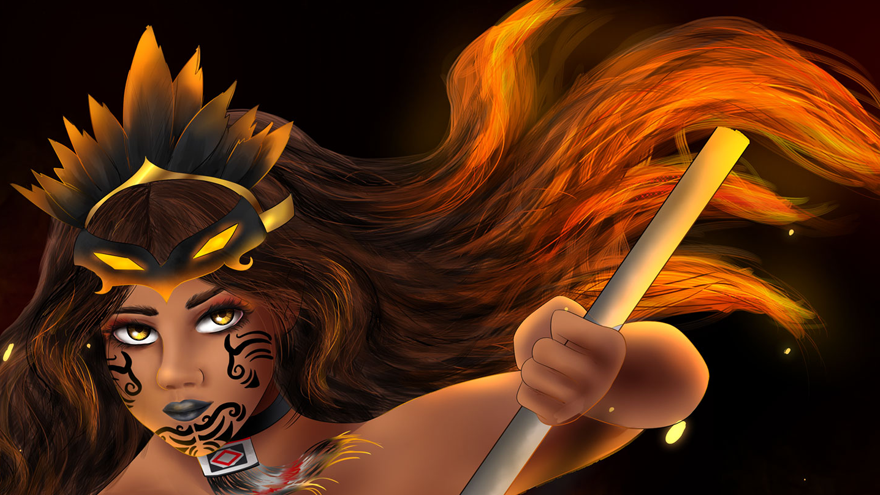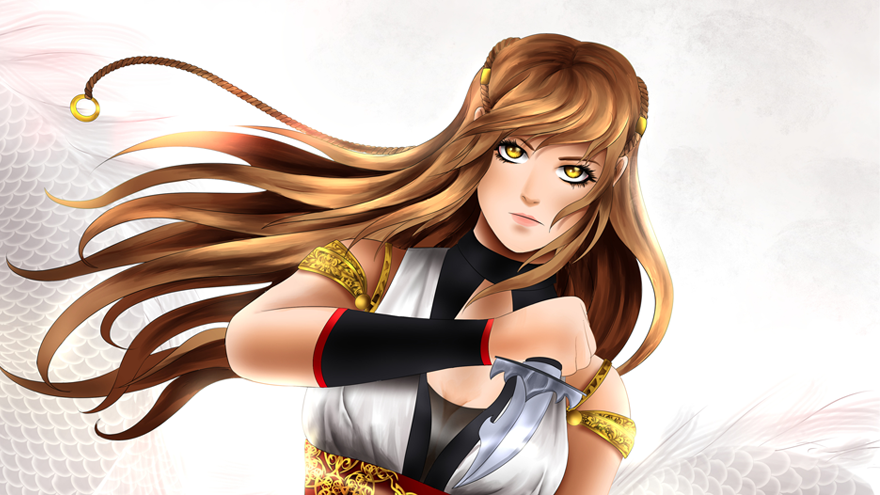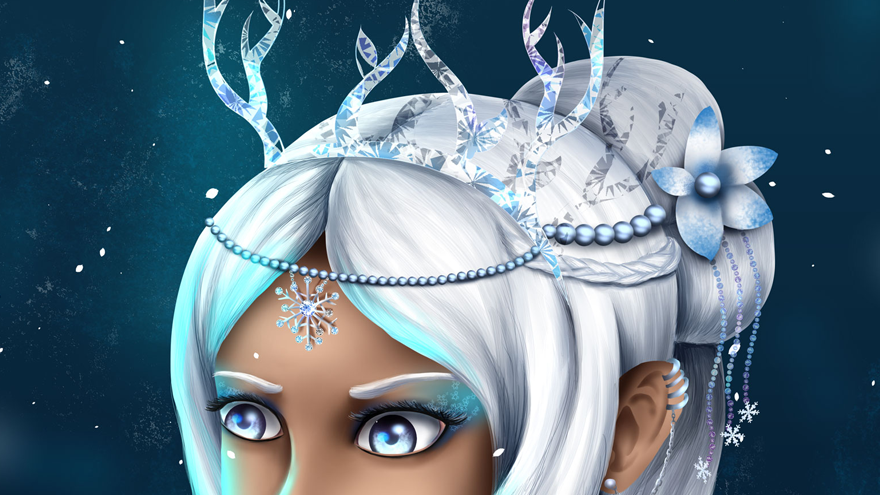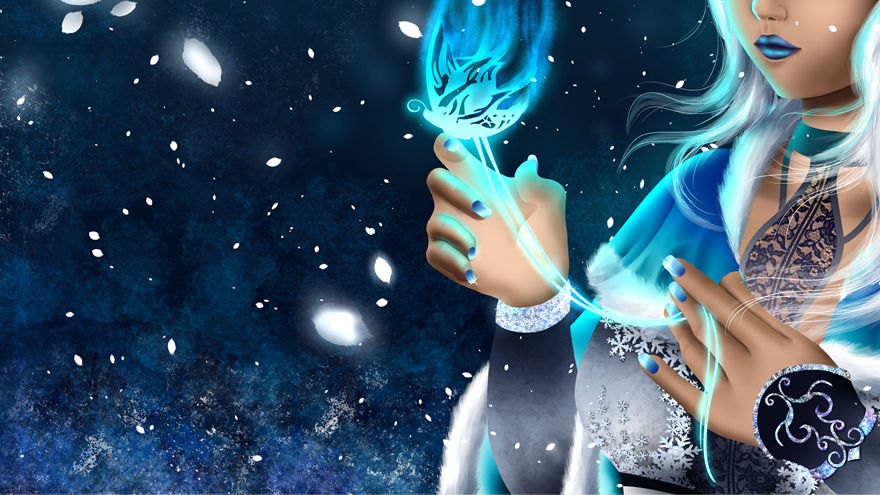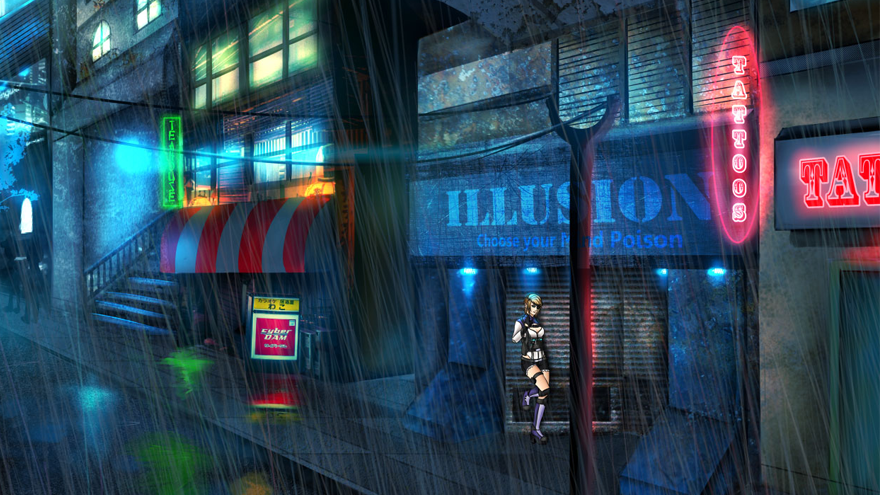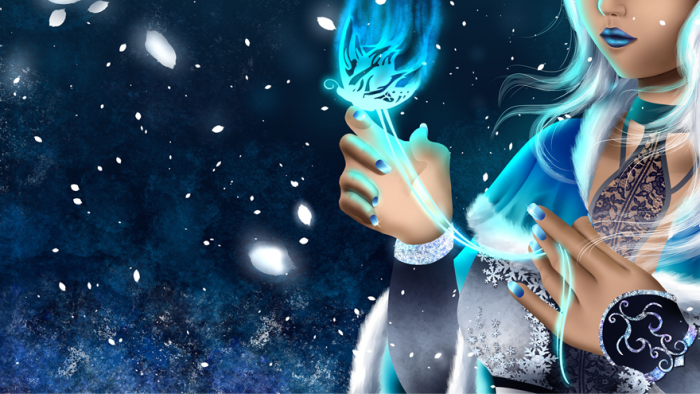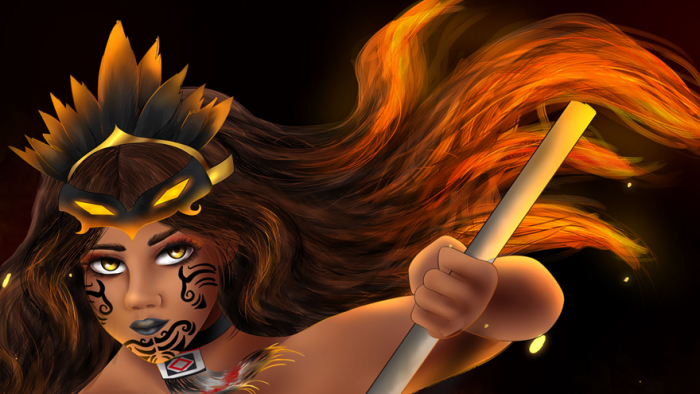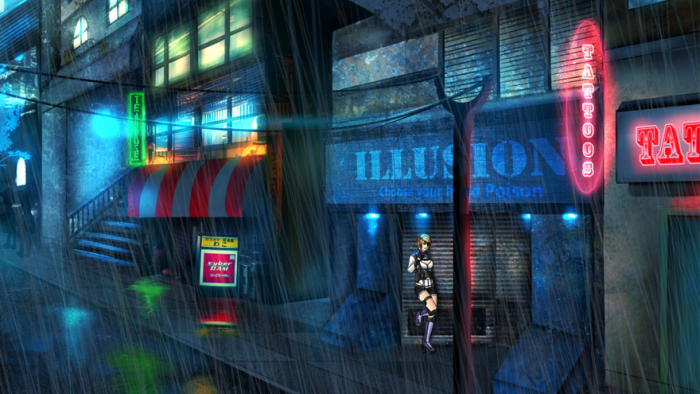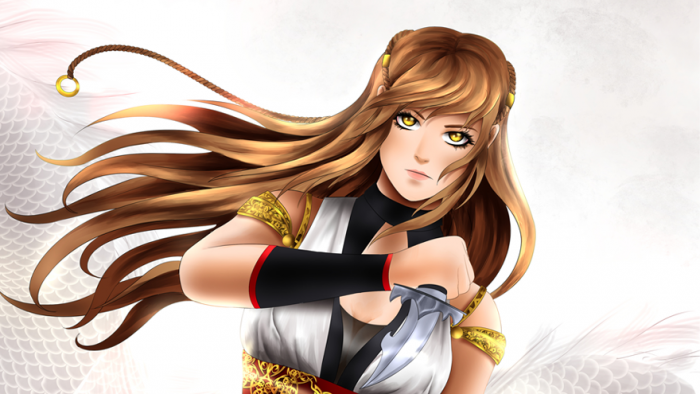Charmane Mbambo is one of Design Indaba’s Emerging Creatives of 2017. Based in the city of Durban, South Africa, Mbambo draws from the cultural melting pot unique to KwaZulu-Natal’s coastal city and her own interests across the pond.
She is a digital designer and illustrator with a distinctly Japanese-influenced style. Wanting to shift notions about what is traditionally considered to be the aesthetic of African art, Mbambo appropriates drawing styles commonly assumed to be of Eastern origin. The illustrator’s fascination with anime did not originate as a concerted effort to challenge local conventions, however, rather as the result of heartfelt affection for the unusual animations that occupied her childhood.
“One of my earliest memories is of sitting on the carpet in front of the TV, watching Nightmare Before Christmas – a film which became and still is my favourite movie. From my love of Tim Burton characters, I always tended to look at art styles that were different. I started to love the cultural aesthetic of Halloween, which was something relatively unknown at the time around here. Animation and cartoons of all types formed part of my childhood and they still play a huge part of my life and career,” Mbambo said.
Before learning that certain drawing styles were not natively African, young Mbambo gleefully absorbed the programmes of foreign cultures – a kind of inclusivity of inspiration that would later guide her creative hand.
“I didn't know it was called anime or that it came from the Asia at the time. The influence of manga and anime in my work just came naturally since it was something I had grown up with. To me, watching Pokémon or earlier anime-influenced series such as Heidi was just the most amazing thing because of how different the style was.”
Mbambo describes the difficulty she faced later on as the identity of her illustrative style came into question. Instead of appealing to her critics, the artist chose to forge her own way and continue to emulate the artists that truly inspired her, regardless of their place between the East and West.
“I've had many issues with trying to find where my art style fits since it's not ‘Western’ enough to be anything like Marvel or DC artworks. On the other hand, it’s not ‘Eastern’ enough to be authentic anime. If there's one thing the indie comic community has taught me is that style does not have to fit in anywhere. The style is created by the artist and it's something an artist can only find through his or her own experiences. Some artists can command multiple styles, which shows versatility, but there will always be a signature trait that they leave which reflects their personality.”
The illustrator emphasises the importance of being open-minded when seeking inspiration or just consuming content in one’s everyday life. Mbambo recognises the potential to ignite newfound interests and discussions between people this way.
“It's a good thing that young people are being exposed to international influences, but the vast majority are still experiencing art from only a small part of the world because of what's trending on the internet or what TV networks choose to air. The illustrators and cultural beacons that inspire me the most range from the socially vibrant cultures of Morocco to the elaborate costumes of the Native American Hopi tribe and all the mythology in between. These are not things young people should be afraid to research. The most subtle of influences can make anyone interested in something they never even knew existed before.”

